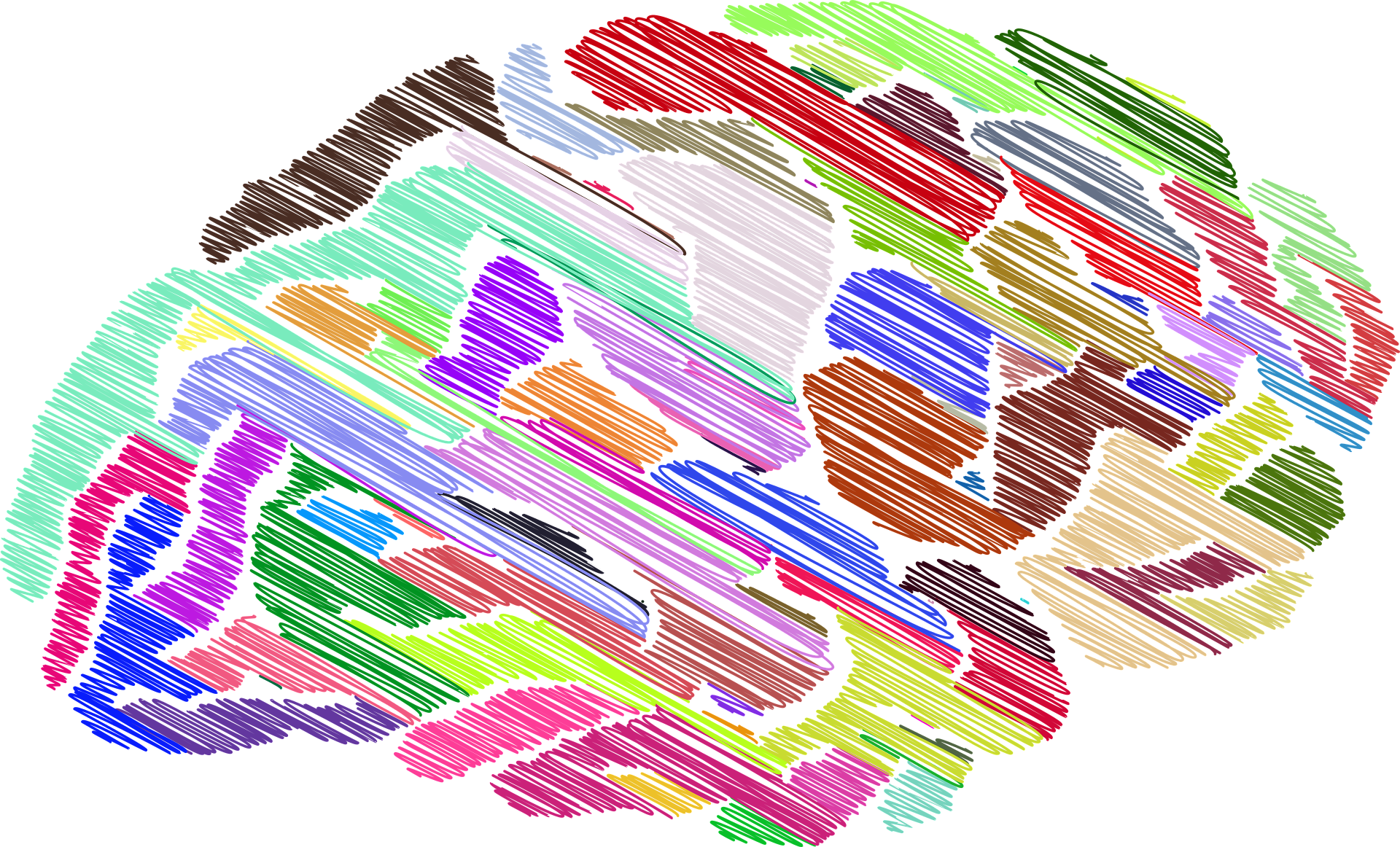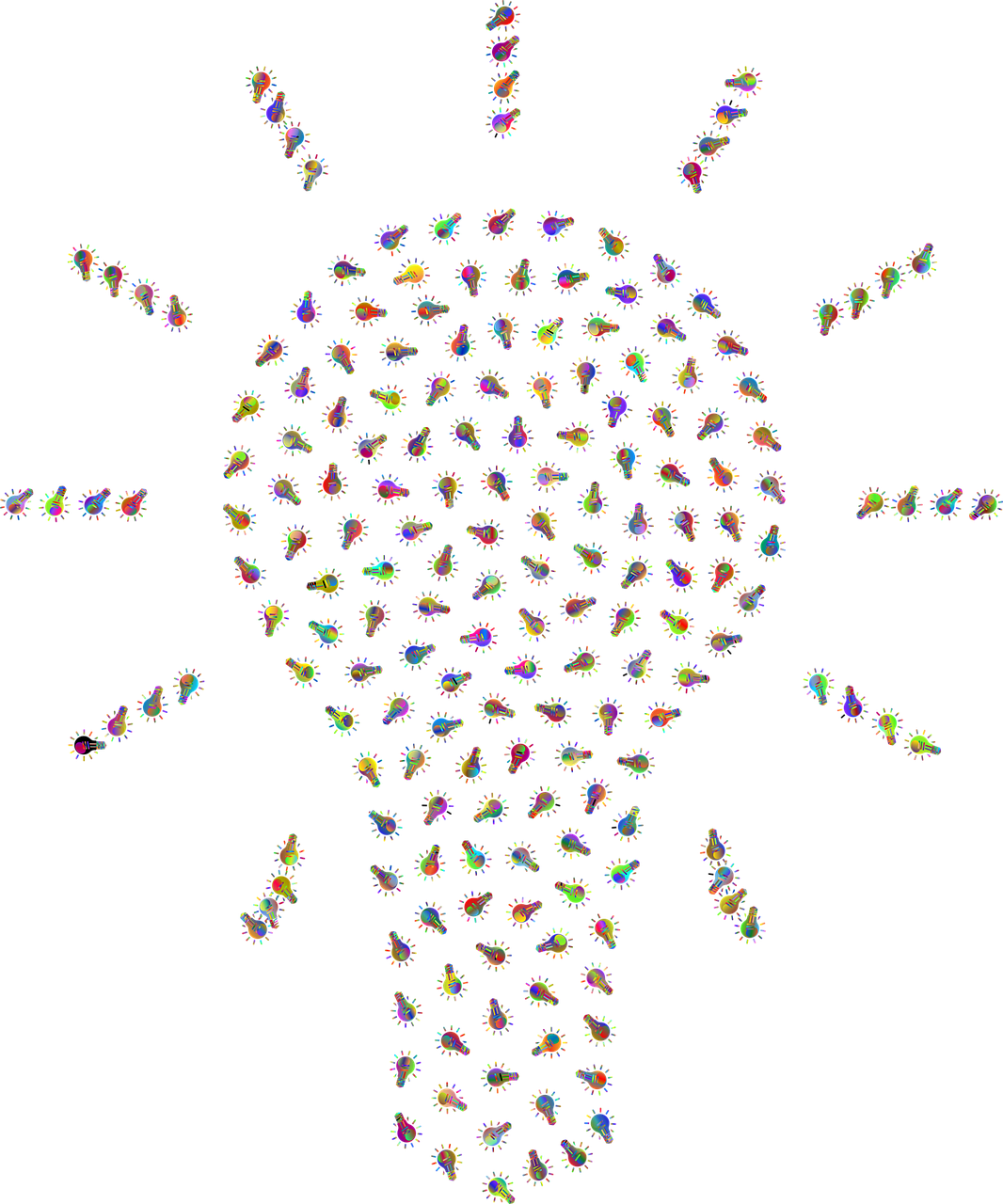Spotlight
The Autistic and Neurodivergent Advisory Committee was a five-member group aimed at shaping research and informing learnings and products. Importantly, it did not seek to speak for Autistic and Neurodivergent people. Rather it was an intentional community space that was a part of a national conversation on housing.
In this spotlight, we share our process and learnings from the committee meetings.
Context

We had five online meetings that were process-oriented and made us more attentive to safety, difference, and the context of the national conversation on housing for Autistic and Neurodivergent people in Canada.
While we are proud of what we co-learned, we are aware of the need for more work that can enhance housing success for Autistic and Neurodivergent people in Canada.
We encourage future initiatives to learn from these experiences and integrate community perspectives to enhance their work.
Meeting summaries
Meeting 1
We set the foundations for our committee. We learned that clarity matters in terms of words and activities.
Meeting 2
Meeting 3
Meeting 4
Meeting 5
Future reflections
We encourage you to ask yourself some of the questions that we thought about:
-
- What helps you feel safe and supported in your living space?
- How might you honour different ways of knowing, sensing, and communicating in your life?
- What would it mean to design housing not just for, but with, neurodivergent people?

Summary of learnings
Our group and process were informed by community-based and participatory research practices rooted in social work. We aimed to go beyond tokenistic inclusion and intentionally sought out Autistic and Neurodivergent individuals whose lived experience and insight could inform and challenge our assumptions about housing.
Our goal was to foster collective learning and shared growth between community members, researchers, and professionals, recognizing that each group brings different types of expertise. Below is a summary of learnings for three areas of our initiative.
Knowledge sharing
We learned that accessible, flexible, and emotionally safe tools matter just as much as content. Our Spotlights, webinars, and ecosystem map were inspired by community guidance to enhance accessibility, usability, and project transparency.
Applied research
We learned to focus on meaning-making, not metrics. Community members reshaped how we defined safety, success, and inclusion in housing, and how we approached our research to seek out pockets of strategies.
Community outreach
We learned that sustained engagement must centre autonomy, relationality, and care. This required building trust before expecting contribution and being considerate of feedback in an iterative way.
